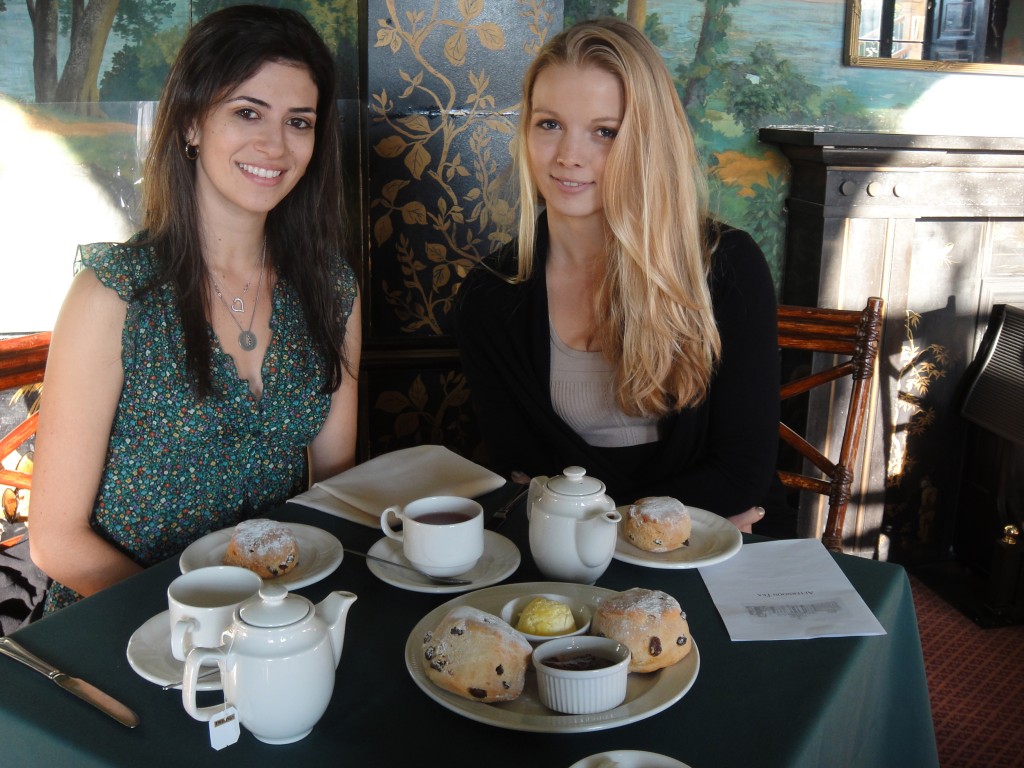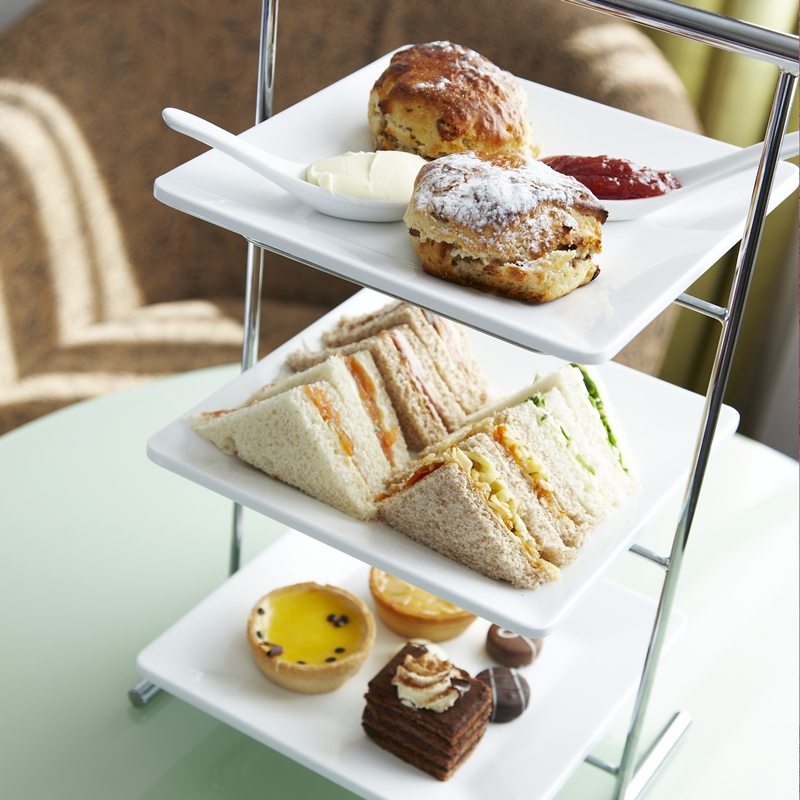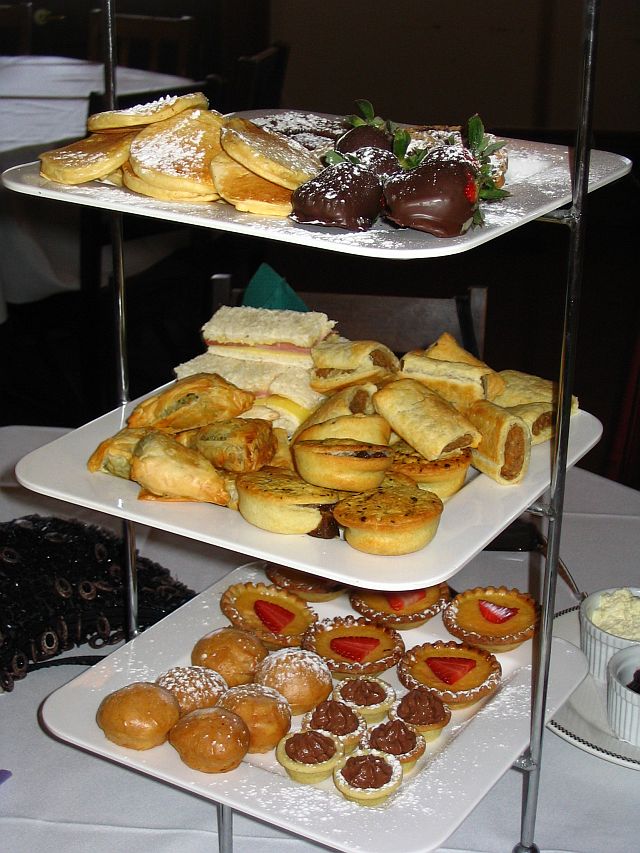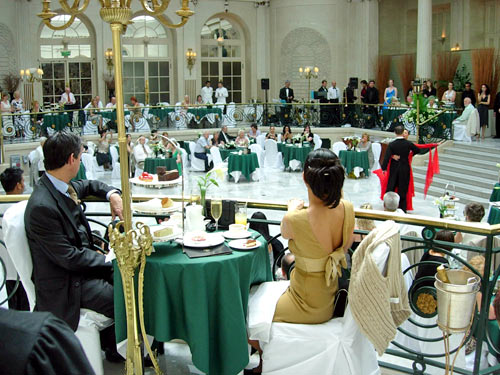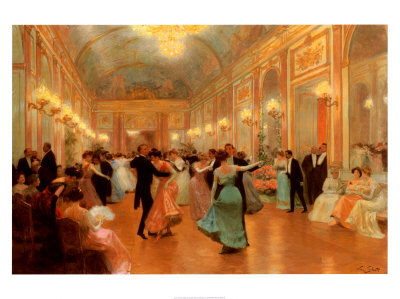Now, as it is probably well known but certainly well documented on this blog, I am a whole-hearted advocate of brewing only loose-leaf teas. I find this method gives better flavor, is better for the environment, and is more traditional. But tea bags are an unfortunate reality of many tea services, which then begs the question: how did they get here?
Funny story.
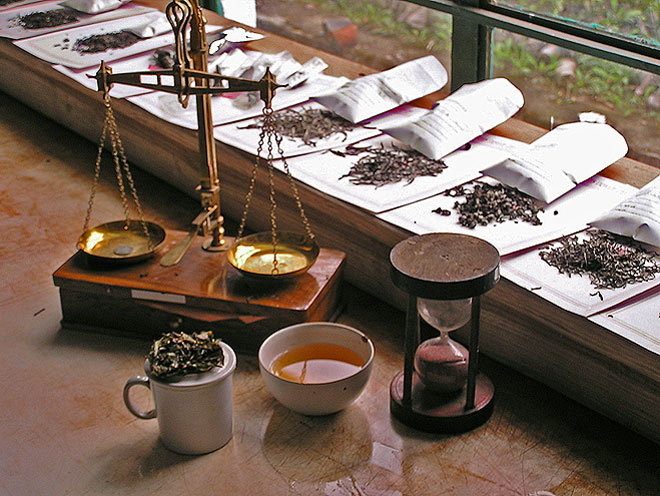
Old fashioned tea scales. Photo credit tisano.com
Like sticky-notes, slinkies, chewing gum, and paper clips, tea bags were an accidental invention. Thomas Sullivan was a tea importer in 1908. He packaged up the loose leaf tea he was selling in silk bags simply because it was convenient, and then his customers steeped the whole thing including the bag because they didn’t know any better. After a while, some customers started complaining that their tea was NOT in the silk bags (we loose leaf fans can blame them) and Sullivan began to ship all of his tea in bags from then on.
Silk is expensive, so Sullivan switched to gauze sacks instead of silk. And now we have tea bags instead of only loose leaf teas.
Okay, so maybe the story wasn’t that funny, but it was informative!
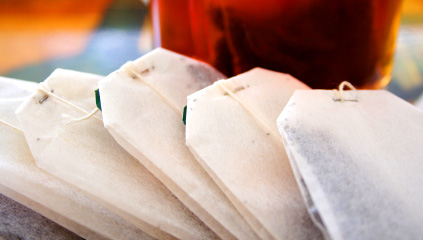 An important thing to look for when you are buying tea bags (traitors) is for unbleached bags. Any tea bag that is white has been processed with bleach, and when you brew that bag some of the bleach will end up in your tea. That is no good. Stick with unbleached tea bags IF you are going with that method. It’s healthier for your body and you’ll have a more pure flavor of the tea.
An important thing to look for when you are buying tea bags (traitors) is for unbleached bags. Any tea bag that is white has been processed with bleach, and when you brew that bag some of the bleach will end up in your tea. That is no good. Stick with unbleached tea bags IF you are going with that method. It’s healthier for your body and you’ll have a more pure flavor of the tea.
Happy brewing this weekend!
